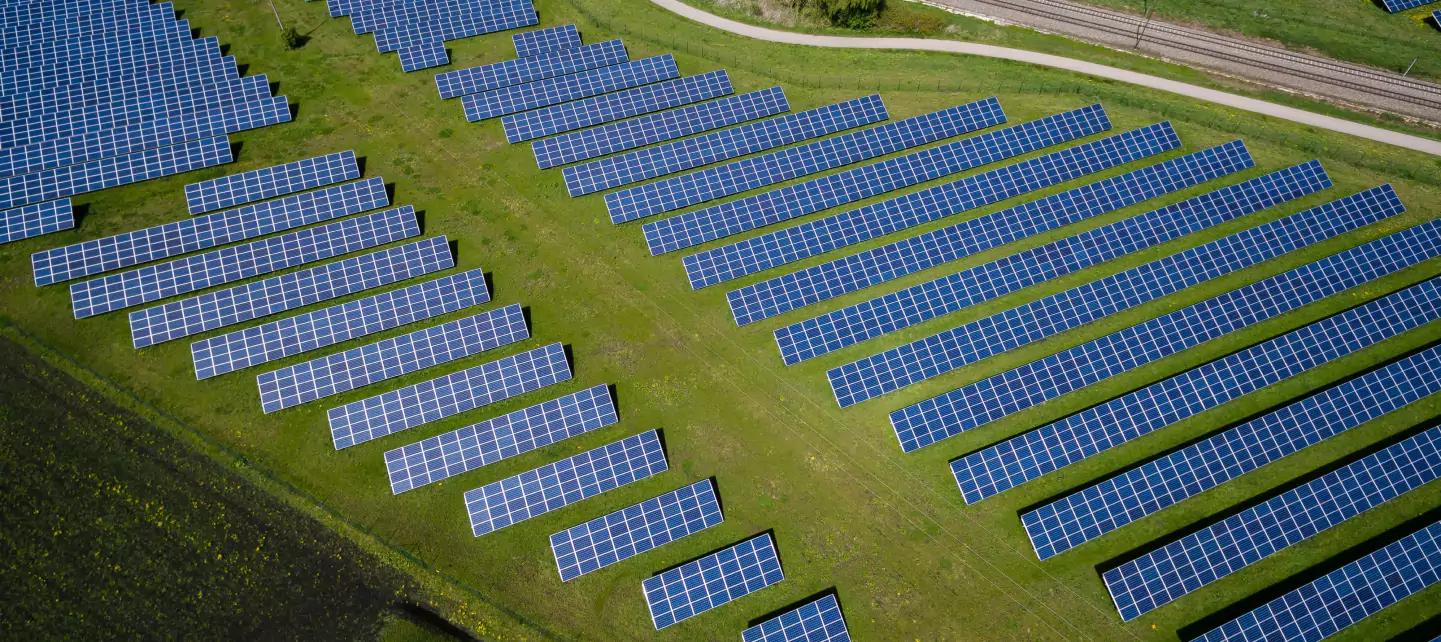Credits & savings
What will the solar credits look like on my bill?
Each utility company displays your credits differently. They may be within the Other or Miscellaneous sections of your bill and called a “Credit,” “Transfer,” “Allocation,” “Adjustment,” “Net Metering,” “Value Stack” or something else. Exact terminology differs by utility company.
Why are my credits lower than expected?
Reason 1: This is most likely due to seasonality, and we see this with subscribers who started during the winter. This is because your solar farm produces less power during the winter when there is less sunshine. In turn, you’re receiving fewer credits. However, community solar is meant to provide annual savings—so this seasonality is factored in. During the summer months when your farm is producing more energy, you may be banking extra credits.
Reason 2: Your electricity usage may have changed since you first signed up. We lock in your subscription size based on your average historical electricity usage when we analyze your utility info at signup. But if that has recently increased significantly—for example, you added an occupant to your household, increased your business operating hours, purchased an electric vehicle, etc—you may be eligible for additional credits and higher savings. Give us a call at 888-893-3633, and we’ll re-evaluate your subscription and make any necessary adjustments.
Reason 2: Your electricity usage may have changed since you first signed up. We lock in your subscription size based on your average historical electricity usage when we analyze your utility info at signup. But if that has recently increased significantly—for example, you added an occupant to your household, increased your business operating hours, purchased an electric vehicle, etc—you may be eligible for additional credits and higher savings. Give us a call at 888-893-3633, and we’ll re-evaluate your subscription and make any necessary adjustments.
Why am I not receiving the same number of credits each month?
Credit production will vary month by month, so your exact savings each month will, too. A primary reason for this variation is seasonality. During winter months when the sun is not shining as much, your solar farm produces less energy. In turn, your subscription generates fewer credits (the credits are what act as a discount off your utility bill). But in sunnier months when your solar farm is producing more energy, you may be banking extra credits—more than you may need. Those extra credits may accrue and be used in later months, like during the winter. Each state has its own rules and requirements around the use of excess credits in a month. This is how community solar helps you net out with savings over the course of a year and beyond, even though individual months will vary.
What are the excess credits on my bill?
This may happen during summer months when your solar farm is producing more energy, so you’re banking extra credits—more than you need. You pay for those at the time you receive them, so it may be a higher charge that month than you’re used to since it’s for a higher amount of credits. But the unused credits roll over so that you can use them in later months when your community solar subscription generates fewer credits. This is great for you because it means during the winter months, when your solar farm isn’t producing as much energy, you have a bank of credits still discounting your utility bill. This is how community solar is able to bring you savings over the course of a year—even though individual months can vary quite a bit. Note: States vary in how long excess credits can be rolled over for use in later months, and such excess credits may not be available if you close your local utility account.
Understanding the New York VDER Value Stack
Community solar subscribers receive dollar credit savings directly on their utility bills through the Value of Distributed Energy Resources (VDER) mechanism, New York’s method for compensating energy created by community solar farms. New York has implemented this system in an effort to determine the true value of solar energy as it is created. Under VDER, compensation comes in the form of solar credits which are valued based on a number of factors that measure the actual benefits that a solar farm provides to New York’s electric grid. These factors include but are not limited to the current wholesale price of energy, the environmental value (avoided carbon emissions), and energy demand at the time of production.
Do my savings change if my utility rates or my third-party electricity supplier rates change?
They could, so we recommend you call us at 888-893-3633 as soon as you know any of the rates on your utility bill have changed. This could impact how many credits you’re receiving from your solar farm, and therefore the discount you’re getting. If there is a major fluctuation to your monthly utility bill charges, Perch may be able to adjust your subscription to ensure you continue getting the highest savings available to you from community solar.

Solar power is the most abundant energy source on Earth. It's time everyone benefited.
Everyone has a place on this Perch. Get started now.